Whether you call them creepy crawlies or fascinating creatures, centipedes and millipedes have a world of their own that is truly intriguing. From their unique appearance to their fascinating behaviors, these creatures have captured the curiosity of many. In this article, we will explore the world of centipedes and millipedes, uncovering their habits, characteristics, and some interesting facts that make them one of the most captivating creatures in the animal kingdom. So, get ready to embark on a journey into the fascinating realm of centipedes and millipedes!
Physical Characteristics
Centipedes
Centipedes are elongated arthropods that are easily recognized by their numerous pairs of long legs. Despite their name, centipedes do not actually have 100 legs. The number of legs can vary depending on the species, but it typically ranges from 15 to 177 pairs. Their bodies are segmented and flattened, with each segment bearing one pair of legs. Centipedes have a pair of long antennae on their heads, and their bodies are covered in a tough exoskeleton. They come in various colors, including brown, yellow, red, and black.
Millipedes
Millipedes, like centipedes, are also elongated arthropods. However, they have a more cylindrical body shape compared to centipedes. Millipedes have two pairs of legs on most of their body segments, giving them a distinct, multi-legged appearance. They can have anywhere from 30 to 400 legs, depending on the species. Millipedes have a similar exoskeleton to centipedes but are typically darker in color, ranging from brown to black. Unlike centipedes, millipedes have rounded heads and shorter antennae.
Habitat and Distribution
Centipedes
Centipedes can be found in a wide range of habitats, including forests, deserts, grasslands, and even urban areas. They prefer damp environments and can often be found under rocks, logs, and leaf litter. Centipedes are found worldwide, with different species adapted to various climates and regions. Some species prefer tropical areas, while others thrive in temperate regions.
Millipedes
Millipedes also have a wide distribution and can be found in various habitats. They are often found in forests, woodlands, and gardens, where they feed on decaying organic matter. Millipedes thrive in moist environments and can be found under stones, logs, and in soil. Different species of millipedes are found in different regions across the globe, with some being more common in tropical areas and others in temperate regions.
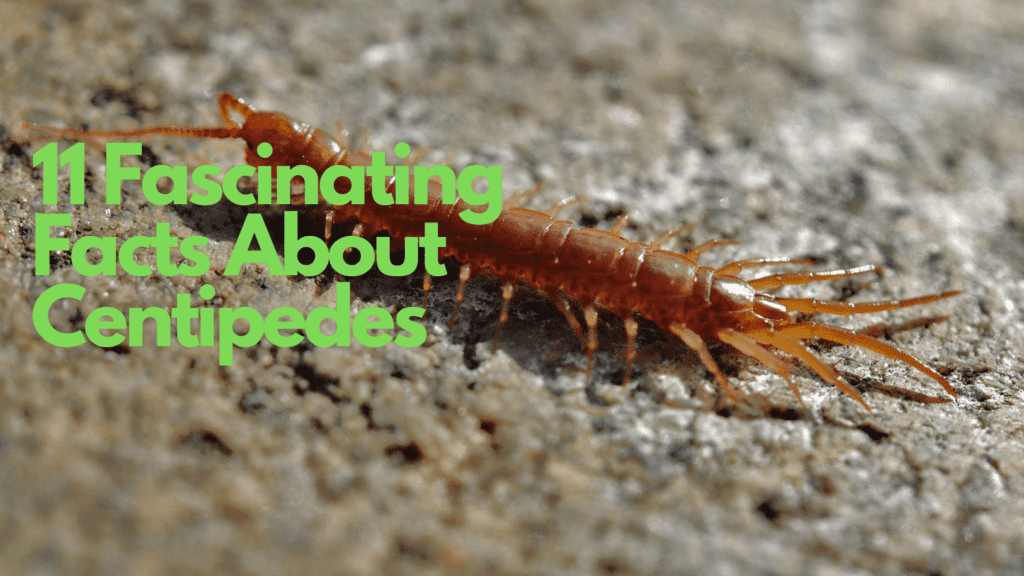
Diet and Feeding Habits
Centipedes
Centipedes are carnivorous creatures that primarily feed on insects and other small invertebrates. They are fierce hunters and use their venomous jaws to capture and immobilize their prey. Once caught, a centipede will inject venom into its prey, which helps to subdue and digest it. Larger centipede species can even prey on small vertebrates like mice or lizards. Centipedes are considered beneficial in controlling populations of other pests, making them natural pest controllers.
Millipedes
Unlike centipedes, millipedes are not predators. Instead, they are detritivores and feed on decaying plant matter, dead insects, and organic debris. Millipedes have a unique feeding style where they scrape and chew on their food using powerful jaws and mandibles. They play a crucial role in the decomposition process, as they break down organic material, helping to enrich the soil. However, certain species of millipedes can occasionally feed on live plants, causing damage in some agricultural areas.
Behavior and Defense Mechanisms
Centipedes
Centipedes are primarily nocturnal creatures, preferring to hunt and move around during the night. During the day, they seek shelter in dark and damp places. Centipedes are agile and fast-moving, which allows them to quickly capture their prey. When threatened, centipedes can exhibit aggressive behavior, using their venomous jaws to defend themselves. Some species of centipedes can even shoot venom or produce noxious secretions as a defense mechanism.
Millipedes
Millipedes are generally slow-moving creatures, often spending a significant amount of time burrowing in soil or leaf litter. When disturbed, millipedes curl their bodies into a tight spiral, resembling a protective shield. This behavior, called ‘volvation,’ helps to protect their softer undersides from potential predators. Additionally, some millipedes release a noxious fluid or secretion when threatened, which can deter predators and irritate the skin of potential threats.
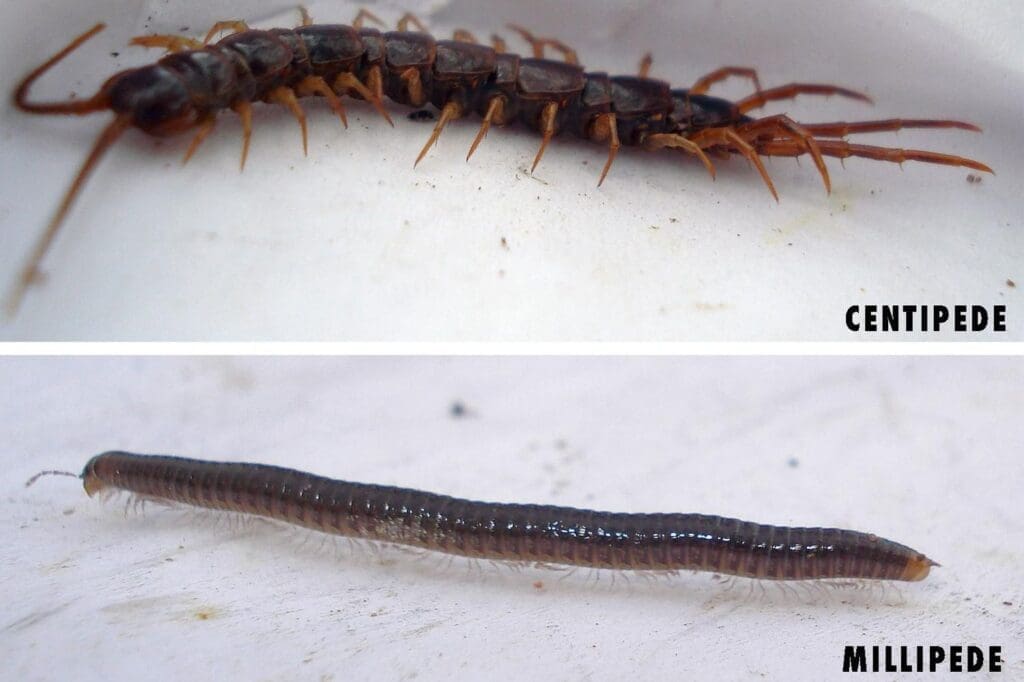
Reproduction and Life Cycle
Centipedes
Centipedes reproduce sexually, with males depositing sperm into a specialized structure called a spermatophore. Females then take the spermatophore into their reproductive organs to fertilize their eggs. Centipedes lay their eggs in moist environments, such as soil or rotting logs. The female takes great care of her eggs, protecting them from predators and ensuring they remain moist until they hatch. The young centipedes, called nymphs, resemble miniature versions of adults and undergo a series of molts as they grow.
Millipedes
Millipedes also reproduce sexually, with males using specialized legs or appendages to transfer sperm to the female. Females lay their eggs in the soil or in decaying organic matter. The eggs hatch into small, worm-like juveniles called nymphs. Millipede nymphs go through a series of molts, gradually adding more body segments and legs as they grow. The time it takes for millipedes to reach adulthood varies depending on the species, with some taking months or even years to mature.
Ecological Importance
Centipedes
Centipedes play a significant role in ecosystems as natural pest controllers. By preying on insects and other invertebrates, they help to regulate populations of potential pests. The presence of centipedes in an area can contribute to overall ecosystem balance. Additionally, centipedes are an important food source for larger predators, such as birds, reptiles, and mammals. Their presence in an ecosystem provides an essential link in the food chain.
Millipedes
Similar to centipedes, millipedes also play a vital role in ecosystems as decomposers. By feeding on decaying organic matter, they accelerate the breakdown process and contribute to nutrient cycling. Millipedes help in soil formation and maintain soil health by improving its structure and fertility. They also serve as a food source for various animals, including birds and small mammals, contributing to the biodiversity of an ecosystem.
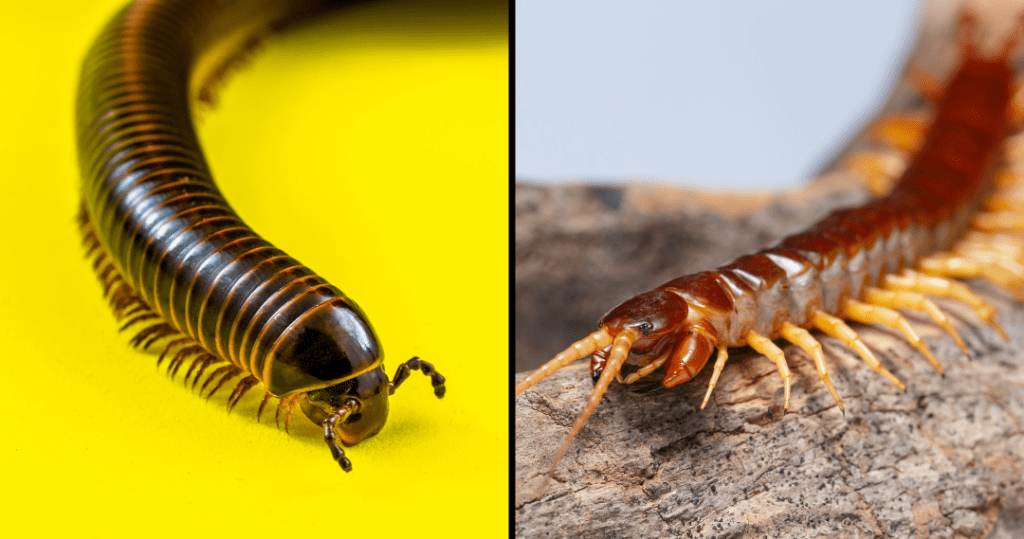
The Benefits of Centipedes and Millipedes
Centipedes and millipedes provide numerous benefits to the environment. As natural pest controllers, their presence can help reduce populations of potential pests, reducing the need for chemical pest control methods. Their roles as decomposers and nutrient recyclers contribute to the health and fertility of soils, enhancing plant growth and overall ecosystem dynamics. Additionally, centipedes and millipedes act as a food source for other animals, playing a crucial part in the food web.
Common Species of Centipedes
There are many different species of centipedes found worldwide. Some common species include the house centipede (Scutigera coleoptrata), which is commonly found in homes and is easily recognizable by its long legs and fast movements. The giant red-headed centipede (Scolopendra heros) is another well-known species, often found in the southern United States. This species can grow up to 8 inches long and has a venomous bite. Other notable species include the Amazonian giant centipede (Scolopendra gigantea) and the Texas red-headed centipede (Scolopendra polymorpha).
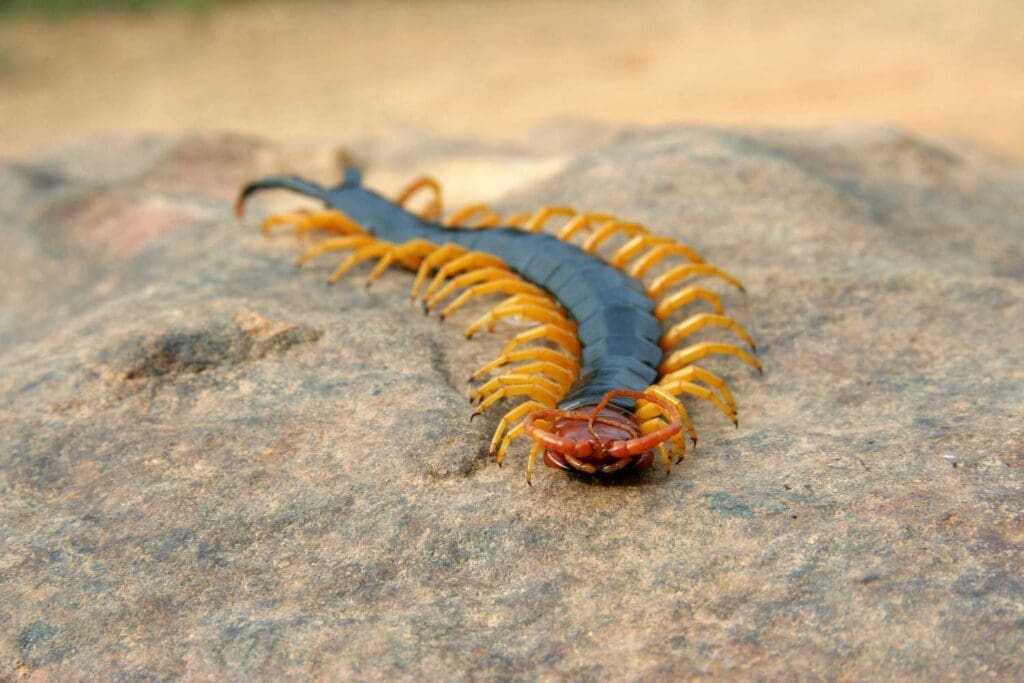
Common Species of Millipedes
Millipedes also have a wide variety of species found around the world. Common species include the garden millipede (Ommatoiulus sabulosus), which is often encountered in gardens and compost piles. The yellow-spotted millipede (Harpaphe haydeniana) is a species commonly found in North America and is known for its bright colors and distinctive markings. The Portuguese millipede (Ommatoiulus moreletii) is an introduced species in many parts of the world and is known for its large populations and tendency to become a nuisance pest.
Controlling Centipedes and Millipedes
While centipedes and millipedes are generally beneficial and rarely cause significant problems, they can become a nuisance in large numbers or when they invade indoor spaces. To control centipedes and millipedes, it is important to eliminate their preferred habitats. This can be achieved by removing piles of debris, sealing cracks and openings in buildings, and reducing moisture levels in and around the home. If necessary, targeted insecticide applications can be used, focusing on areas where centipedes and millipedes are most active.
In conclusion, centipedes and millipedes are fascinating creatures with unique physical characteristics and behaviors. They play important ecological roles as pest controllers and decomposers, contributing to the overall health and balance of ecosystems. While some species can become pests in certain situations, the benefits they provide outweigh any potential negative impacts. Understanding and appreciating these curious creatures can help foster a deeper respect for the intricate web of life on our planet.
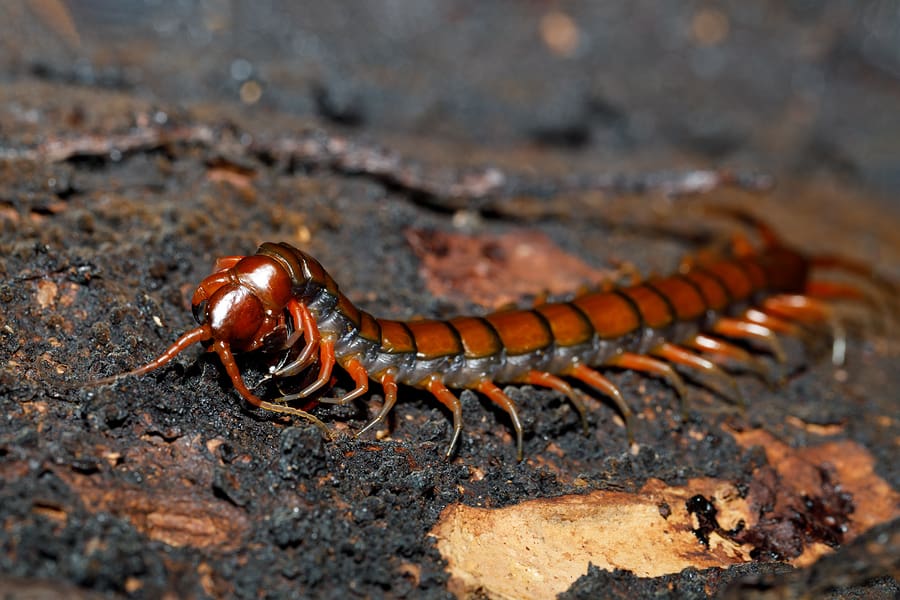

I am Randy, the author behind PestControld.com. Drawing from decades of experience, I aim to provide valuable insights, expert advice, and practical recommendations to help you make informed decisions when assessing viable pest control solutions.